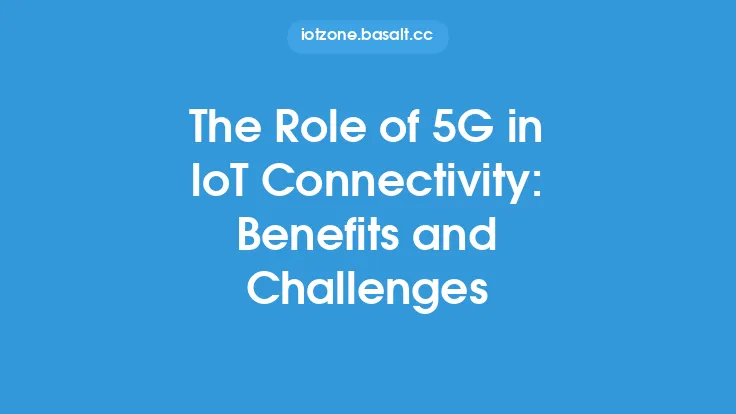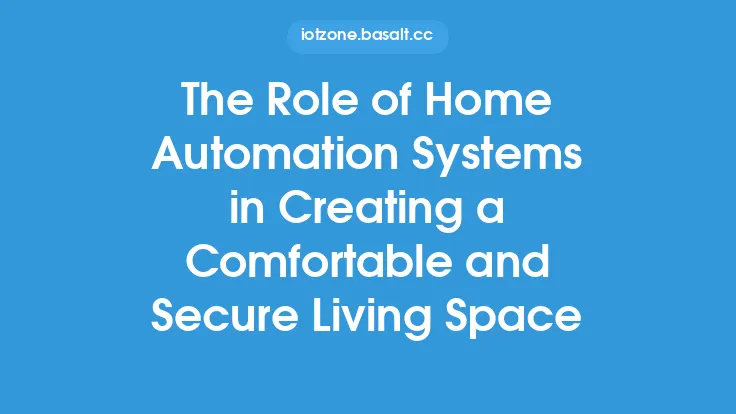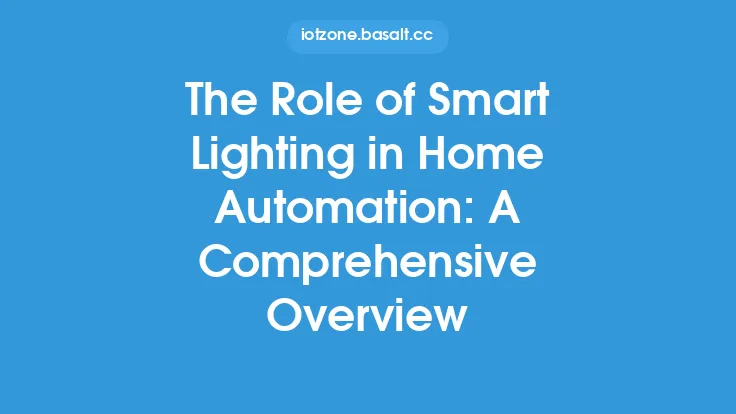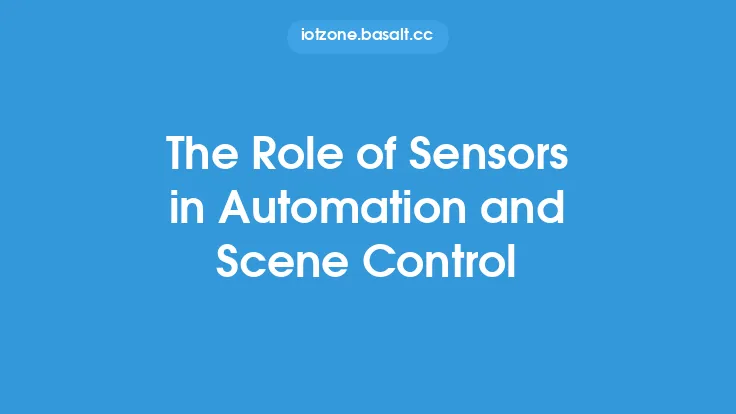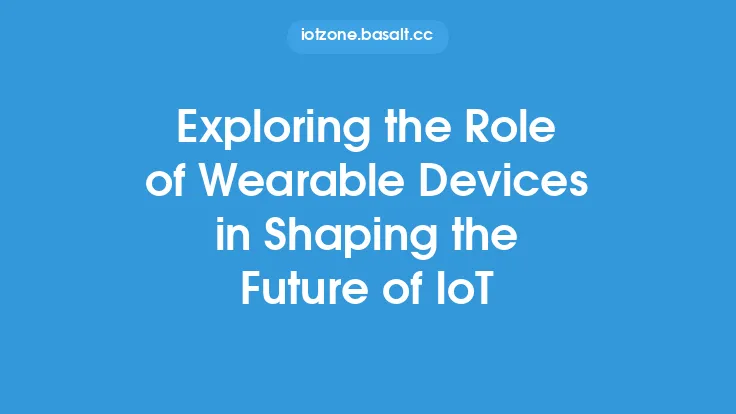The integration of the Internet of Things (IoT) in telemedicine has revolutionized the way healthcare services are delivered, making it more accessible, efficient, and patient-centric. Telemedicine, which involves the use of telecommunications and virtual technology to deliver healthcare services remotely, has been around for several decades. However, the advent of IoT has taken telemedicine to the next level, enabling real-time monitoring, remote consultations, and personalized care.
Introduction to Telemedicine and IoT
Telemedicine has been widely adopted in recent years, driven by the need to increase access to healthcare services, reduce costs, and improve patient outcomes. The use of IoT in telemedicine has further enhanced its capabilities, enabling the connection of various devices, sensors, and systems to collect and transmit data in real-time. This has enabled healthcare providers to monitor patients remotely, track their vital signs, and respond promptly to any changes in their condition.
Key Components of IoT in Telemedicine
The IoT ecosystem in telemedicine consists of several key components, including:
- Sensors and Devices: These are used to collect data on patients' vital signs, such as heart rate, blood pressure, and oxygen saturation. Examples of sensors and devices used in telemedicine include wearable devices, such as smartwatches and fitness trackers, as well as implantable devices, such as pacemakers and insulin pumps.
- Communication Networks: These enable the transmission of data from sensors and devices to healthcare providers. Communication networks used in telemedicine include wireless networks, such as Wi-Fi and Bluetooth, as well as cellular networks, such as 4G and 5G.
- Data Analytics: This involves the use of algorithms and machine learning techniques to analyze data collected from sensors and devices. Data analytics is used to identify patterns, detect anomalies, and predict patient outcomes.
- Cloud Computing: This enables the storage and processing of large amounts of data collected from sensors and devices. Cloud computing platforms used in telemedicine include Amazon Web Services (AWS), Microsoft Azure, and Google Cloud Platform (GCP).
Applications of IoT in Telemedicine
The applications of IoT in telemedicine are diverse and widespread. Some of the most significant applications include:
- Remote Patient Monitoring: This involves the use of sensors and devices to monitor patients' vital signs remotely. Remote patient monitoring is used to track patients with chronic conditions, such as diabetes and heart failure, and to detect any changes in their condition promptly.
- Teleconsultations: This involves the use of video conferencing and other virtual technologies to enable remote consultations between patients and healthcare providers. Teleconsultations are used to reduce the need for in-person visits, improve access to healthcare services, and enhance patient engagement.
- Personalized Medicine: This involves the use of data analytics and machine learning to personalize treatment plans for patients. Personalized medicine is used to tailor treatment plans to individual patients' needs, improve patient outcomes, and reduce costs.
- Predictive Analytics: This involves the use of data analytics and machine learning to predict patient outcomes. Predictive analytics is used to identify high-risk patients, detect potential complications, and prevent hospital readmissions.
Benefits of IoT in Telemedicine
The benefits of IoT in telemedicine are numerous and significant. Some of the most significant benefits include:
- Improved Access to Healthcare Services: IoT enables patients to access healthcare services remotely, reducing the need for in-person visits and improving access to healthcare services for rural and underserved communities.
- Enhanced Patient Engagement: IoT enables patients to take a more active role in their care, improving patient engagement and empowerment.
- Better Patient Outcomes: IoT enables healthcare providers to monitor patients remotely, track their vital signs, and respond promptly to any changes in their condition, improving patient outcomes and reducing costs.
- Reduced Costs: IoT enables healthcare providers to reduce costs by reducing the need for in-person visits, minimizing hospital readmissions, and improving resource allocation.
Challenges and Limitations of IoT in Telemedicine
Despite the benefits of IoT in telemedicine, there are several challenges and limitations that need to be addressed. Some of the most significant challenges and limitations include:
- Data Security and Privacy: IoT devices and sensors collect sensitive patient data, which must be protected from cyber threats and data breaches.
- Interoperability: IoT devices and sensors from different manufacturers may not be interoperable, making it difficult to integrate data from different sources.
- Regulatory Frameworks: There is a need for clear regulatory frameworks to govern the use of IoT in telemedicine, ensuring that patients' rights are protected and that healthcare providers are held accountable.
- Technical Issues: IoT devices and sensors may be prone to technical issues, such as connectivity problems and device failures, which can compromise patient care.
Future Directions of IoT in Telemedicine
The future of IoT in telemedicine is promising, with several emerging trends and technologies that are expected to shape the industry. Some of the most significant future directions include:
- Artificial Intelligence (AI) and Machine Learning (ML): AI and ML are expected to play a major role in IoT-based telemedicine, enabling predictive analytics, personalized medicine, and automated decision-making.
- 5G Networks: 5G networks are expected to enable faster data transmission, lower latency, and greater connectivity, enhancing the capabilities of IoT-based telemedicine.
- Edge Computing: Edge computing is expected to enable real-time data processing and analysis, reducing latency and improving the responsiveness of IoT-based telemedicine systems.
- Blockchain: Blockchain is expected to enable secure and transparent data sharing, ensuring that patient data is protected and that healthcare providers are held accountable.
